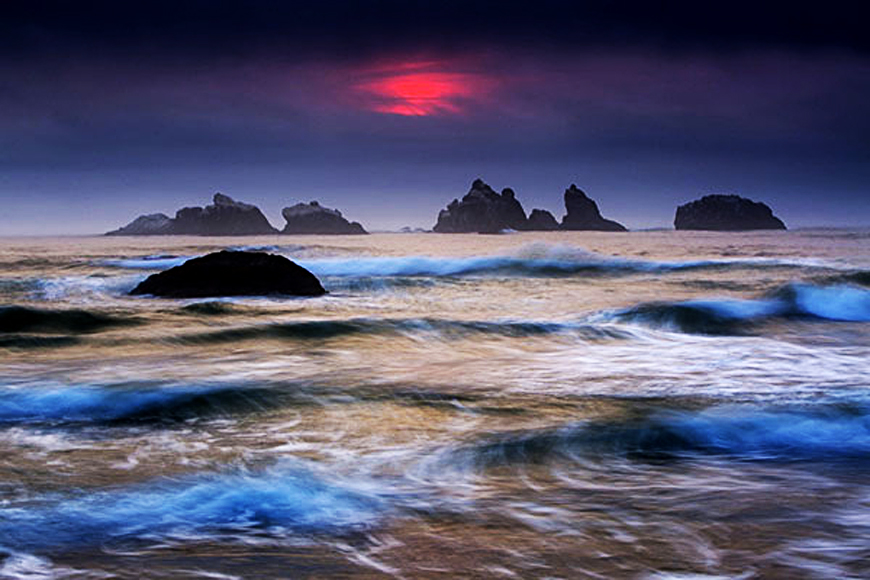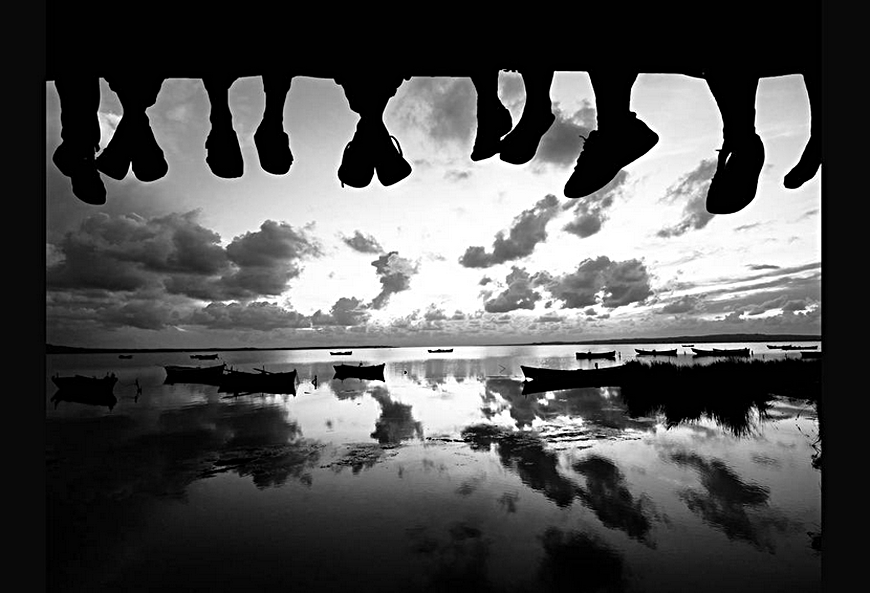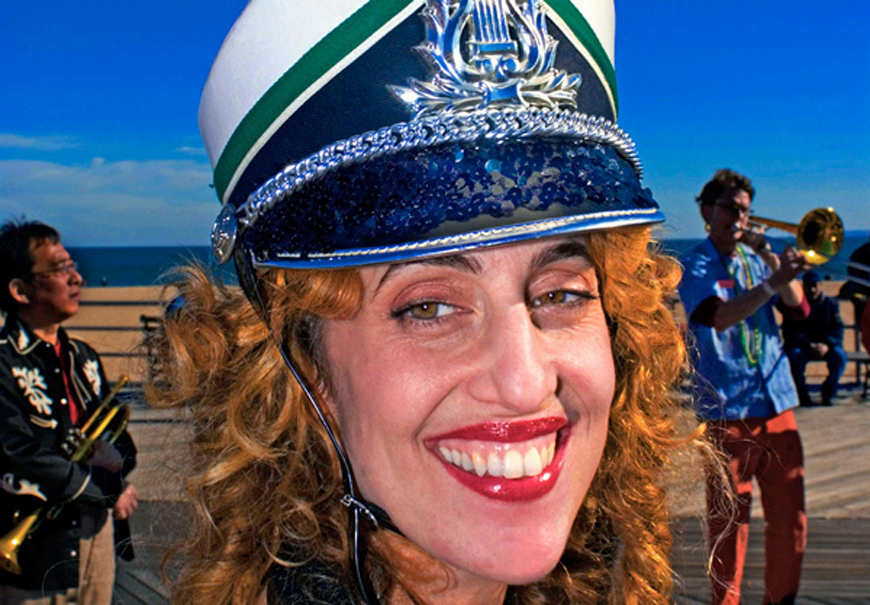Back To Basics: For Great Images, Think Like The Pros Do

BY ALBERT CHI
Most professional photographers ask themselves these questions before they shoot… and so should you. After you memorize them, they'll become part of your thought process and will go through your mind in a flash. After a while, you won't even be aware that you're thinking about them– you'll just size up the situation, start to shoot, and the results will speak for themselves.
Make these questions a part of your shooting routine and, provided you shoot enough to keep your eye "hot," you’ll soon become very, very, good at photography. Begin by memorizing the first three and then go on to the rest. You’ll find the results to be astounding.
FIRST MEMORIZE THESE:
Is this a good subject? A good subject will overcome even bad technique but a bad subject will always be a bad subject. Don’t waste your time and energy on bad subjects. Shoot a few pictures, if you must, and then move on.
What’s the best point of view? This choice will make or break most pictures. If you are not sure at first, just shoot as many possibilities as you can. Shoot up from a low position, down from a high one, and so on. Try tilting the camera both the right and the left (right and left). After awhile, you’ll begin to intuitively know what to use.
What kind of lighting is best? Next to point of view, this is a it’s the most critical element. Most scenes look best when shot early or late in the day, when the light is warm and shadows give definition to things. Portraits are best shot in the open shade, by window light or on overcast days. If you need to, come back to shoot at a different time when the light is best.

Image © Yasin Hasaan
THEN ADD THESE:
Am I in close enough? Photojournalist Robert Capa used to say: “If your pictures aren’t good enough, you aren’t close enough.” Move in, move in, move in. Shoot one and then move closer. Then shoot another, closer still. Do not rely on cropping afterward because it will change the entire spatial relationship of the image.
Do I need to freeze action or do I want a soft background? The answer to this will determine if you are going to use Shutter or Aperture priority. For stopping action, use the highest shutter speed setting within the range of proper exposure. For a soft background, use the maximum aperture or zoom the camera to a telephoto setting, or move in closer.
What lens focal length should I use? Wide angle settings space things out and make objects appear to be further apart than they really are. Telephoto settings squeeze them together, making them look closer together than they really are. Wide angle settings give you more depth of field (a greater range of sharpness between near and far objects). Telephoto lens settings give you less.
Because telephoto settings narrow the depth of field, when they are used at large apertures they allow you to focus selectively on subjects and blur out the background so that it doesn’t become intrusive. This out-of-focus effect allows your subject to stand out.
A little understood fact is that wide angle lens selections are better for shooting under low lighting conditions. For example, a lens that has f/2.8-4.0 engraved on the lens ring means that when the zoom is set to its maximum wide angle its aperture is f/2.8. But at when zoomed to full telephoto, it optically shifts down a full stop to f/4.
Finally, when shooting in unsteady conditions at slower shutter speeds, wide angle settings minimize camera shake while telephoto settings maximizes it

FINALLY, THINK ABOUT THESE:
What is the essence of this subject? In other words, what is there about it that jumps out and says: “This is what I’m all about.” After shooting the obvious, find the essence– that’s what you’ll want to visually explore further. A simple portrait of an artist may be a good subject, but the essence may be in including his or her hands splattered with paint
Should I shoot this as a vertical image? Most images are shot in a horizontal format because, 1. That’s the way we normally see, and 2. Because it’s easier to hold and operate the camera that way. Which means, many great shots are missed. So make sure you always shoot verticals as well as horizontals. And when you are shooting portraits (which are usually shot vertically) reverse your thinking and shoot some of them horizontally, framed in different ways to make them visually interesting.
What can I do to make this shot extraordinary? An unusual angle, a prop, different lighting, putting something in the foreground, using a foreground object to frame the subject, shooting a silhouette, having the subject (if human) doing something unusual– all of these plus much more can make your picture stand out, and become uniquely yours.
Original Publication Date: September 02, 2024
Article Last updated: September 02, 2024
Related Posts and Information
Categories
About Photographers
Announcements
Back to Basics
Books and Videos
Cards and Calendars
Commentary
Contests
Displaying Images
Editing for Print
Events
Favorite Photo Locations
Featured Software
Free Stuff
Handy Hardware
How-To-Do-It
Imaging
Inks and Papers
Marketing Images
Monitors
Odds and Ends
Photo Gear and Services
Photo History
Photography
Printer Reviews
Printing
Printing Project Ideas
Red River Paper
Red River Paper Pro
RRP Products
Scanners and Scanning
Success on Paper
Techniques
Techniques
Tips and Tricks
Webinars
Words from the Web
Workshops and Exhibits
all
Archives
December, 2024
November, 2024
October, 2024
September, 2024
August, 2024
July, 2024
June, 2024
May, 2024
April, 2024
more archive dates
archive article list




